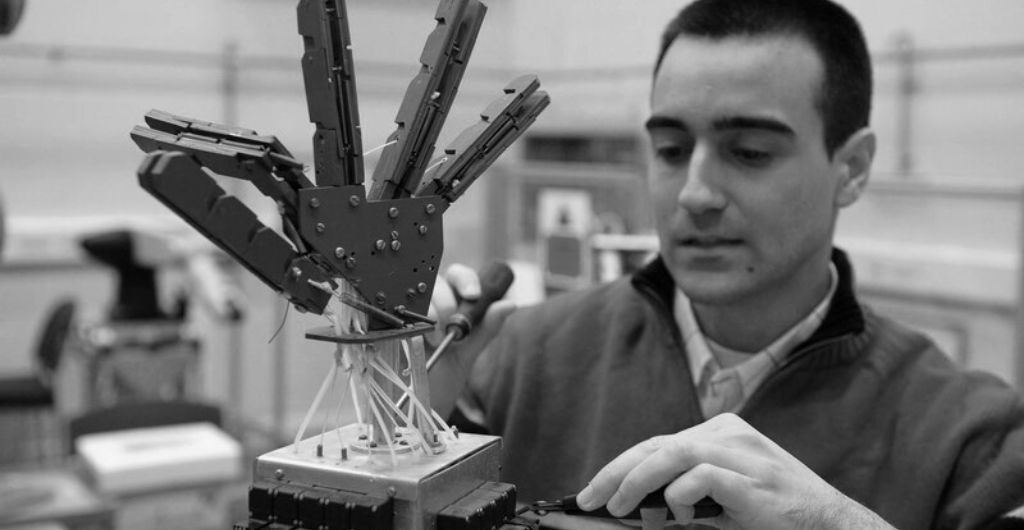
Antonio Espingardeiro, IEEE.
With the ongoing COVID-19 pandemic, the world has witnessed a number of healthtech innovations – from the sudden rise of telehealth platforms, to use of artificial intelligence (AI) in diagnosis. The NHS has faced an unprecedented challenge, and modern telecommunications have enabled NHSX – the UK Government unit driving forward the digital transformation of health and social care – which can be used to track COVID-19 in real-time and potentially limit its spread. The pandemic has shown that these innovations are not only essential to solving many of our global healthcare concerns, but there is an urgent need for an adaptable infrastructure to cope with such health crises. We must look to technology for a solution.
Current technology in healthcare
In healthcare today, AI is already used through the application of machine learning. This enables medical professionals to better understand certain health conditions. For example, through AI programmes, scientists can explore the huge volume of data that makes up the DNA in the blood of cancer patients. With this insight, they can detect specific mutations which will eventually be used to classify those most at risk or identify those that may perhaps require further consultation .Through pattern recognition, AI has the potential to enable patients to be screened with greater efficiency and scale, and assist doctors with overall disease management. As a result, they will eventually be able to improve or better coordinate healthcare plans for long-term treatment.
Internet of things (IoT) is also allowing us to approach major health issues differently, mainly though forms of monitoring and supervision. Consumers are already seeing the adoption of smart watches and other wearables that can track our exercise output or heartrate – but doctors are seeing the potential application of these types of technologies within wider healthcare – perhaps they would be put to even better use in the remote monitoring of patients or improving medical systems of record. In the future, we may begin to see these sensors dispersed within our own bodies, tracking everything from oxygen, to glucose, even body temperature – or perhaps smart devices installed in our home with remote access for our GPs and other healthcare professionals.
Tackling the COVID-19 pandemic
When it comes to COVID-19, this is new territory and so it must be approached differently. AI can be used to identify high-risk groups and possibly diagnose potential patients. For example, studies show that those with chronic illnesses and other underlying health conditions, such as respiratory and cardiovascular disease or obesity, have a greater risk of complications from the virus. AI could potentially assist in the discovery of a new vaccine, however, there simply is not enough data relative to COVID-19 that can be used to train these machine learning algorithms or broader AI.
Another area of AI that will likely become more popular as a result of COVID-19 are chatbots. With people still required to self-isolate if they, or anyone in their household, has symptoms of coronavirus, natural language processing will enable doctor’s to better understand people’s physical and mental conditions. Online chatbots, or ‘robot-doctors’, will eventually be able to collect data, advise on certain conditions and forward cases to medical professionals. As well as delivering the scalability that the NHS needs, doctors can reach the highest number of people, whilst also performing a diagnosis at a safe distance. That’s why it’s critical that we adapt our infrastructure to meet evolving requirements.








